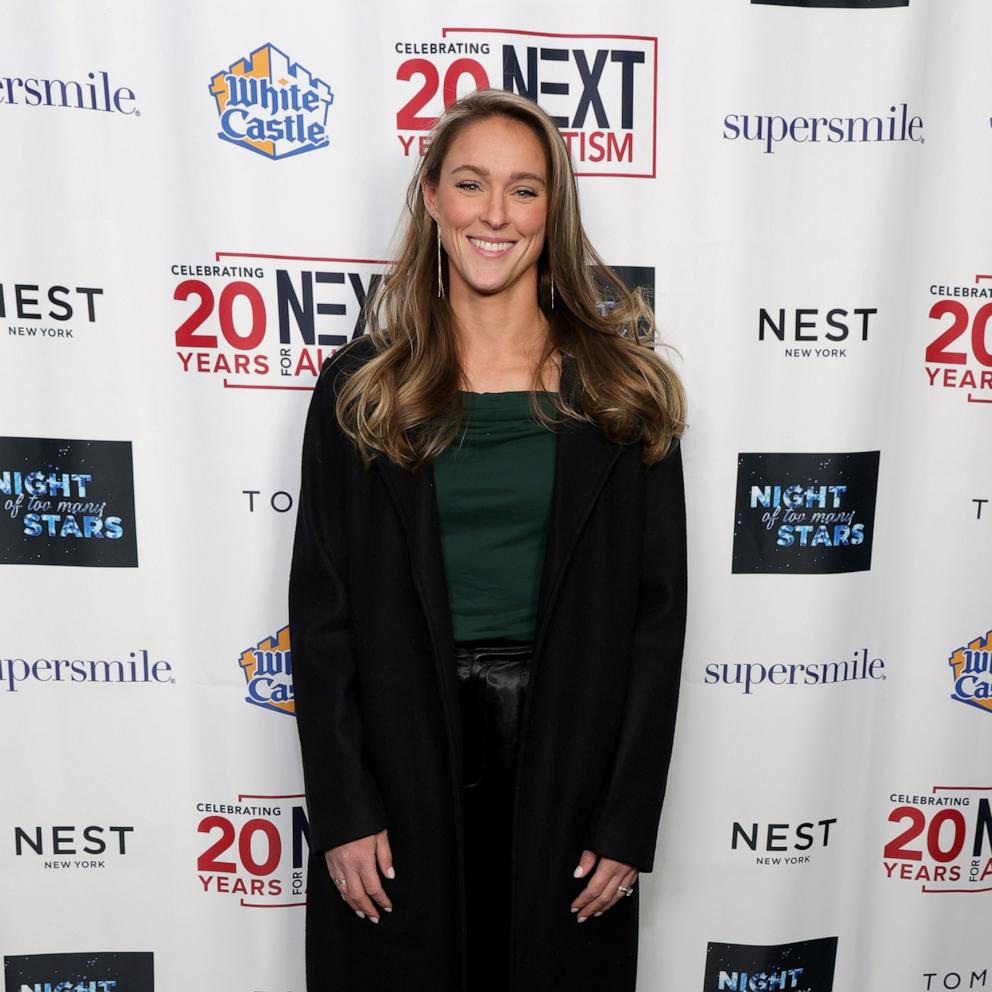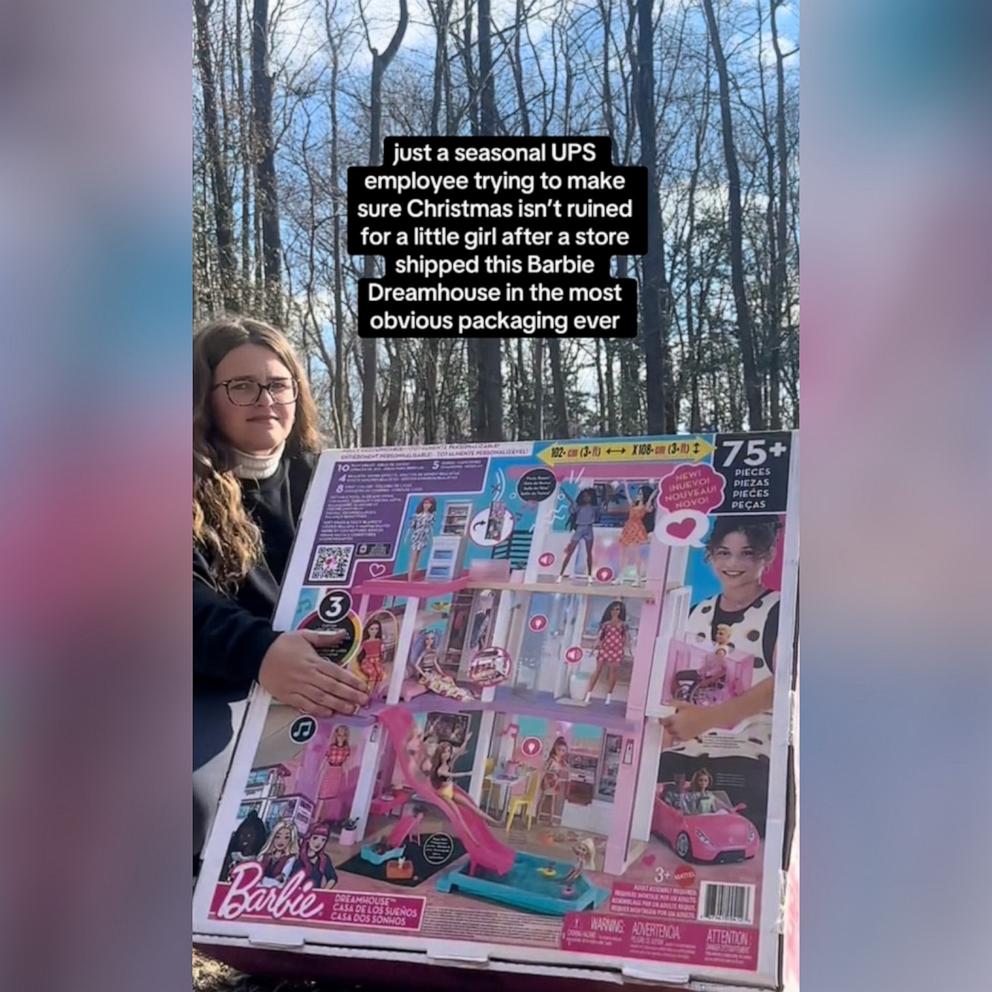Mattel's new inclusive Barbie line released in UK
LONDON -- A new inclusive line of Barbie dolls hit shelves in the U.K. this week, including a new Barbie with hearing aids, one with a prosthetic leg, one in a wheelchair and a Ken doll with vitiligo.
Mattel's "Fashionistas" line is Barbie's most diverse and inclusive line yet with more than 175 different looks. It aims to offer children dolls with a variety of skin tones, body types and disabilities.
"[My daughter] really loves it," said Kim Hurley from South London, referring to her 10-year-old daughter Lexi. "She's had a massive smile on her face and said, 'She's just like me Mummy, and her hearing aids are pink too!'"
Lexi lost her hearing almost two years ago due to a condition called Enlarged Vestibular Aqueducts, which caused her to become profoundly deaf in her left ear, and severely deaf in her right ear.
"To see a doll have hearing aids like my daughter, it makes her feel like she's special," Hurley added. "Her hearing aids give her superpowers."
There are approximately 11 million people who are deaf or hard of hearing in the U.K., according to the British government.
Many parents of deaf children -- including Collett from Devon, U.K., who declined to give her last name -- are celebrating the new and diverse line of Barbie dolls for opening up new conversations.
"I think it is amazing," Collett told ABC News. She also said that she is "hopeful" the line will bring more awareness to issues around hearing conditions.
The new line was launched in the U.K. with the help of Rose Ayling-Ellis, a British actress who has been deaf since birth. She is also an activist for the deaf community and has campaigned for the British Sign Language Act, which would recognize BSL as a language of England, Wales and Scotland, to be passed by the U.K. government.
Ayling-Ellis was photographed for the launch alongside a group of models who also serve as activists including student and vitiligo awareness activist Jamie Stewart; model, yoga instructor and prosthetic leg-user Faisha; and model and paraplegic wheelchair-user Renée Valentine.
"When @barbie told me they were bringing out a doll with a hearing aid, I was so excited," Ayling-Ellis wrote in the caption of an Instagram post, announcing the new dolls. "When I was little, I would draw hearing aids onto my Barbie dolls to make them look like me - now deaf children don’t have to!"
"I’m so happy that children can see even more inclusion in toys now," she added. "I LOVE that @mattel is releasing more dolls that encourage kids to celebrate and embrace their differences!"
The comments on Ayling-Ellis' Instagram post were quickly flooded with support and excitement from parents and those living with disabilities alike.
"This is amazing! When I had my first hearing aid, my mum made my teddies little cardboard hearing aids so I felt less lonely. It’s so important that toys are more inclusive," one Instagram user wrote.
"I was so happy when I saw Mattel were doing this," another user commented. "I have 2 daughters who wear hearing aids and I know my youngest would love this [B]arbie. It's already been ordered for her. Wish they did this years ago for my eldest. Wish more toy companies will take note and start including other disabilities on their products so all children with disabilities feel included."
When creating the new line of dolls, Mattel consulted with hearing experts to accurately portray their hearing aids.
Rosie Eggleston, participation manager at the National Deaf Children's Society, described the new Barbie line as "a really positive step towards inclusion."
"This will mean a lot to those deaf children who wear hearing aids because they'll see their own experiences reflected in a truly mainstream toy," Eggleston told ABC News. "This could really help them to be proud of their deafness."




